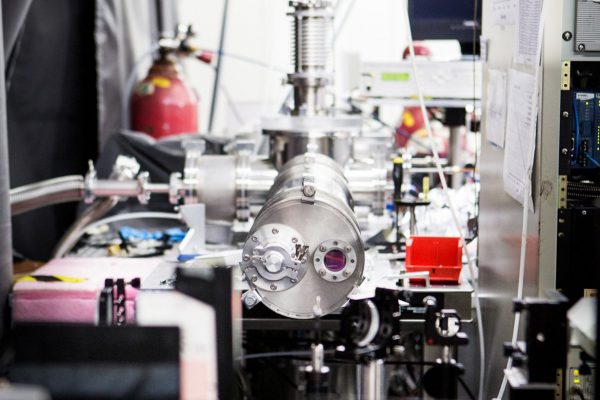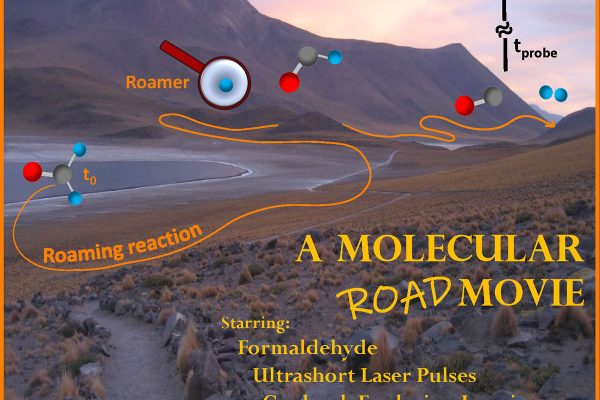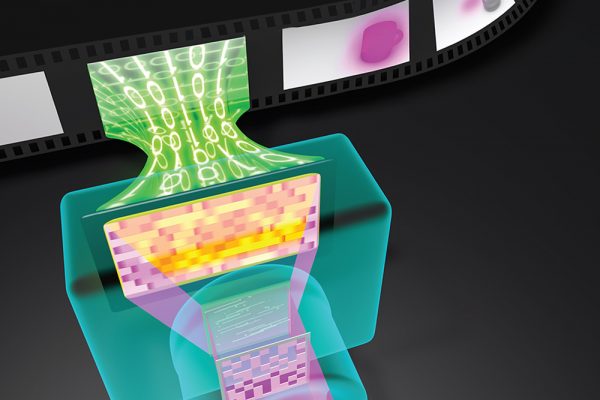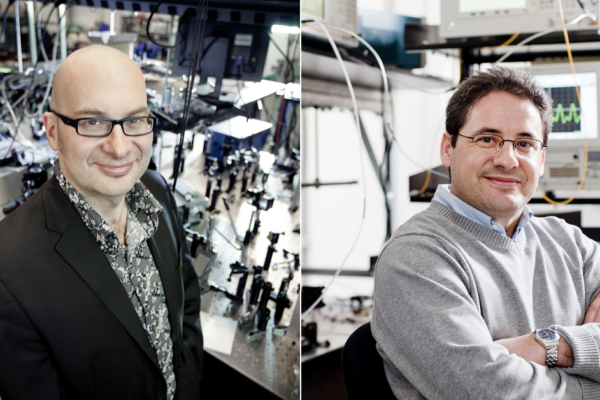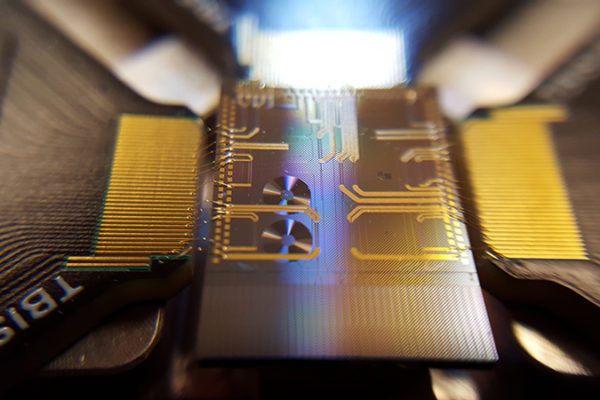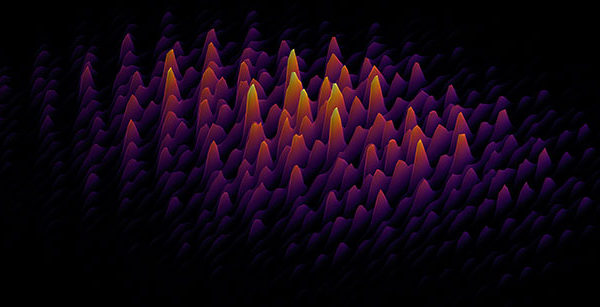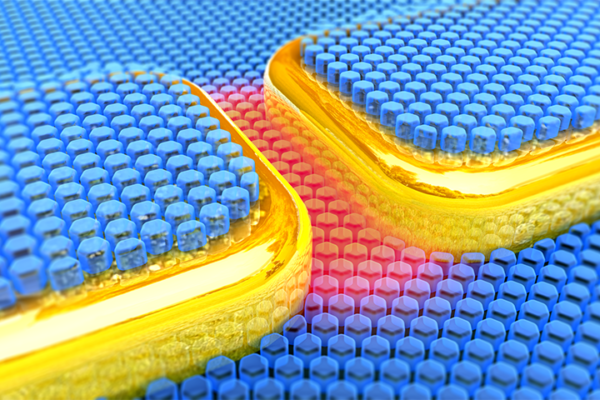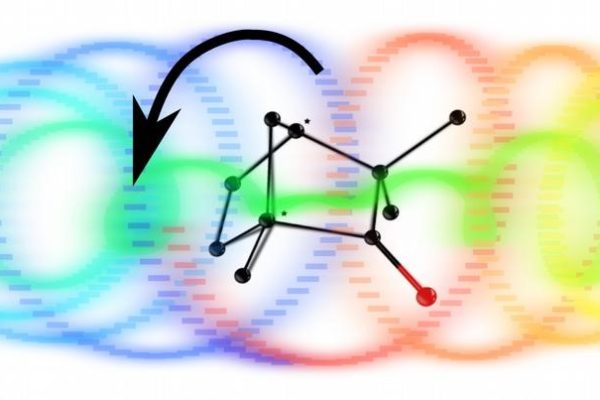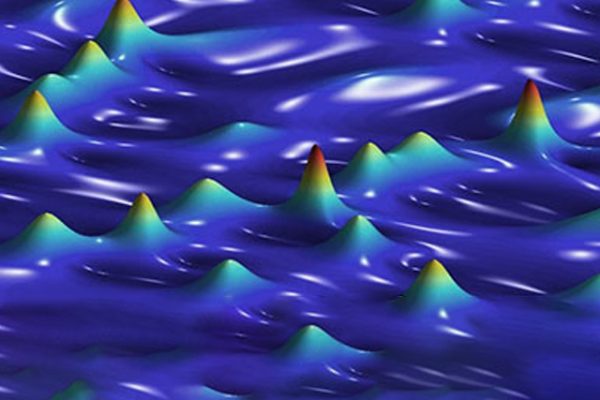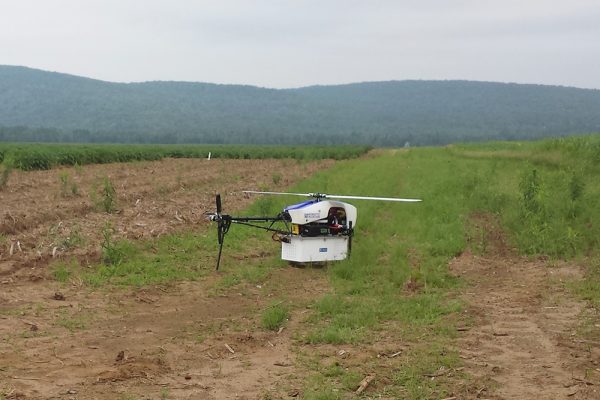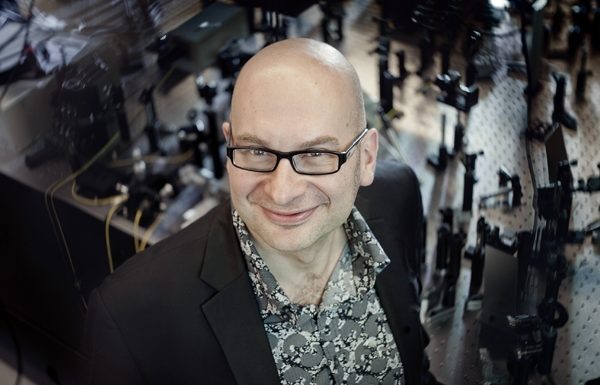The famous physicist Richard Feynman used to say: “I think I can say that nobody really understands quantum physics”.
This exotic branch of physics was developed in the first half of the 20th century. Quantum physics describes how microscopic objects, such as electrons and photons, behave at all scales of the universe, from the Big Bang to atoms.
The best known example of quantum physics is that of Schrödinger’s cat, which is said to be both dead and alive. But did you know that this field is also at the heart of modern technology? Lasers exploit the quantum properties of atoms to produce unique forms of light. The miniaturized electronic components in our devices are based on its laws. And computer science is now following along.
The field of the infinitely small and the infinitely fast still has a lot to offer to researchers. They are pushing the intensity limits of lasers. They are using the properties of light to develop invisibility cloaks or create the quantum computer of the future. Scientists are developing materials with unique characteristics.
Learn more about the INRS researchers who are revolutionizing modern physics.













